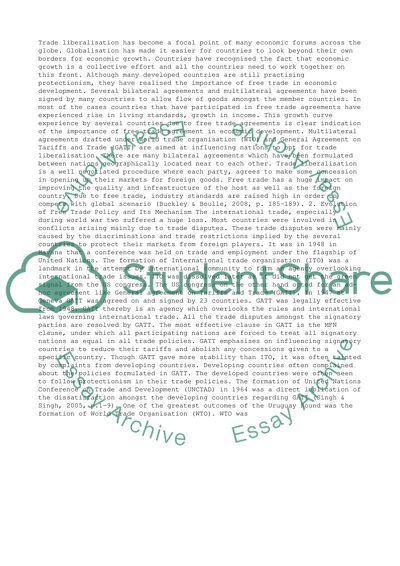Cite this document
(“Free trade is the primary force driving economic development Essay”, n.d.)
Retrieved from https://studentshare.org/management/1419328-international-business-essay
Retrieved from https://studentshare.org/management/1419328-international-business-essay
(Free Trade Is the Primary Force Driving Economic Development Essay)
https://studentshare.org/management/1419328-international-business-essay.
https://studentshare.org/management/1419328-international-business-essay.
“Free Trade Is the Primary Force Driving Economic Development Essay”, n.d. https://studentshare.org/management/1419328-international-business-essay.


